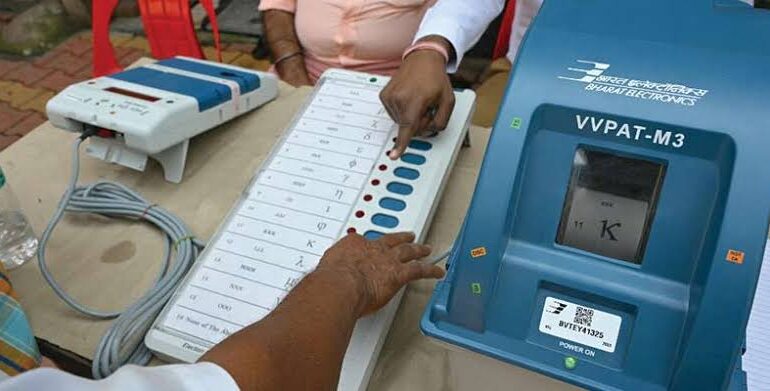
A month – or more exactly 31 days – has gone by since the results to the Lok Sabha elections were announced. The verdict and its various nuances as well as its larger social and political impacts have been analysed from diverse perspectives over this period. However, an important aspect – and that too an absolutely fact oriented aspect – has not come in for discussion at an appropriate scale and breadth. And the central constitutional body – the Election Commission of India (ECI)- which is duty bound to address this question continues to maintain a stoic, and indeed unjustifiable, silence on this. Yes, I am talking about the appalling reports on the malfunctioning of the electronic voting machines (EVMs), especially in relation to massive mismatch between votes polled and counted in nearly 150 out of 543 constituencies.
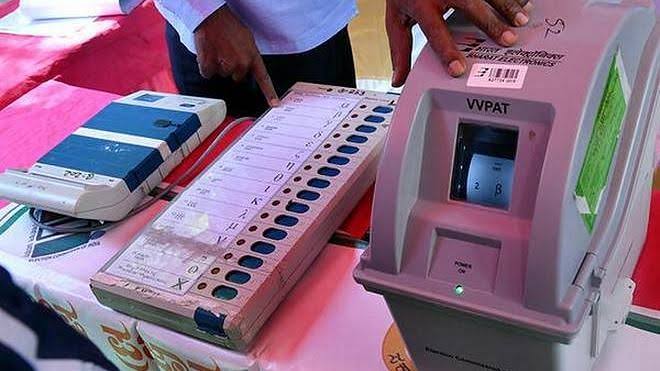
We have also seen the predictable behaviour of two different streams of the media during the past one month. While it was business as usual for the cowering and committed mainstream Godi media, who were busy celebrating the Prime Minister Narendra Modi’s close shave with what would have been his first electoral defeat, the agile social media had already turned the agenda to reveal the explosive goof up by the controversial voting machine. The new age media’s startling revelations about some serious discrepancies between polled votes and counted votes, with an addendum from some that lakhs of votes weren’t even counted in the world’s largest democratic elections! Regardless of the usual viewership-hankering rat race on YouTube, some of these reports were from acclaimed commentators with a track record of decades worth of reliable reporting.

Personally, I too have followed the developments on this front closely with some serious number crunching, going through the figures for all the 543 constituencies in the country. My inquisitive tryst with the voting machine goes back five years, to the 17th Lok Sabha polls in 2019. Right after the results were out, Poonam Agarwal had published a shocking report in The Quint that the polled and counted votes on the EVMs were out of whack in 373 Lok Sabha constituencies. That was a whopping 70% of all the seats. To make matters worse, The Quint also reported that it had only taken into account the actual numbers from the first four phases of voting, as the numbers from the remaining three phases on the commission’s website were merely showing as ‘estimates’.
Soon after, petitions were filed in the Supreme Court by organisations like the Association for Democratic Rights (ADR), which were heard and disposed off perfunctorily. The Election Commission of India was able to get away with such a far-reaching lapse in the court without a hitch, by shifting the blame to the petitioners for allegedly relying on “unauthorised” sources for their numbers. How the top court could nonchalantly brush aside such glaring signs of electoral dysfunction in the country is indeed mind-boggling.
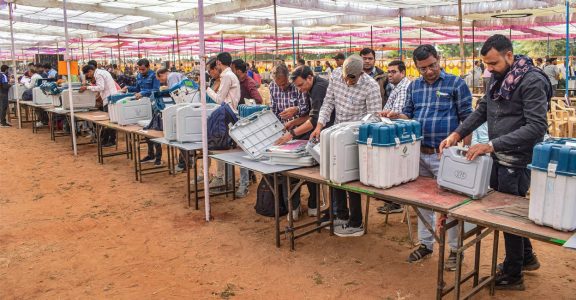
The above numbers were indicative of the deepening mystery behind the problematic electronic voting machines of India, which has been at the heart of many political discussions in recent times. I was convinced that once the results for the 2024 Lok Sabha polls were published on the Election Commission’s official web, a comprehensive analysis of all 543 seats was needed to understand the deep anomaly of polled and counted votes. Without question, the data had to come from ‘reliable sources’ so the authenticity of the findings are not questioned once again. So, once the results of the recently concluded General elections were out, I went into the numbers meticulously.
It was literally an exercise where I had to burn the midnight oil for about ten days trying to collate data strewn all over the place on an extremely unfriendly website of the Election Commission of India. As I carried out this exercise for all 543 constituencies in the country, one thing was clear. The buzz on the social media around EVM vote mismatch was a micro tip of the iceberg. At the end of the toil, I had arranged the polled and counted votes for each of the 543 Lok Sabha seats, along with the winning margins on a spreadsheet, and as I crunched these numbers, I was in for an absolutely mind-boggling revelation. While collating the info, I knew the number of seats where the polled and counted tallies were out of whack had to be way more than the 373 from 2019, and eventually when the analysis was complete, it was indeed so.
Overall, the vote mismatch would lead to two different scenarios, one where the counted votes outnumbered the total polled votes leading to ‘surplus’ votes in the control unit, and the other where the contrary created a ‘deficit’ situation. In the former clutch of seats, where ‘fantasy votes’ were counted making the entire democratic process a standing joke, the latter set, where not all polled votes were counted made a total fallacy of the verdict of the people. Either scenario would have the potential to turn the results upside down. Undoubtedly, the situation is such that the so-called cult of the world’s largest democracy was getting blown to smithereens.
My opening finding was that the polled and counted numbers were at odds in an insanely inordinate 539 out of the 543 seats, which is a mind-blowing 99.26% of all the seats! This was way more than the 373 that were off in the partial evaluation in 2019. The only consolation for the pro-EVM caucus this time was the four seats where the polled and counted votes were magically in agreement. These four seats were Amreli in Gujarat, Attingal in Kerala, Daman Diu and Lakshadweep islands. Everything else was a mystery that the Election Commission of the country needed to come up with a tactic to solve.
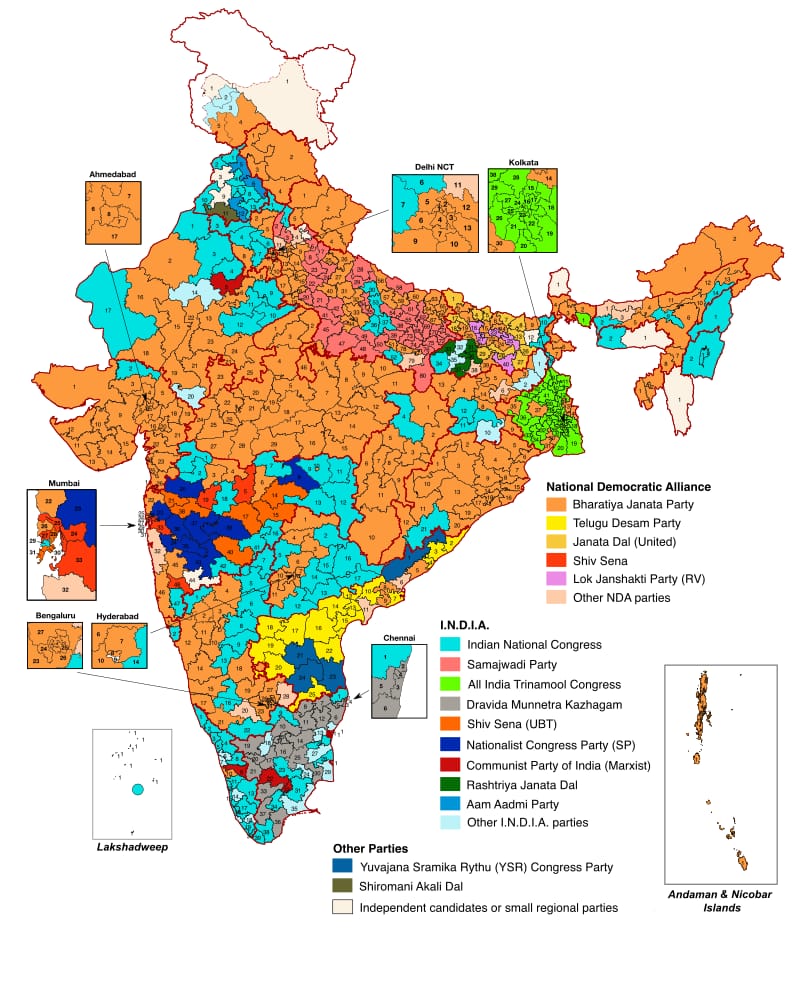
There were several seats with wafer-thin winning margins where the surplus or deficit count was close enough to have a bearing on the results of the polls. Some of these constituencies where votes were in surplus included Tirupati in Andhra Pradesh, Karimganj of Assam, Jajpur in Orissa, and Phulpur and Salempur of Uttar Pradesh. The list is much longer for deficit seats, which included Kokjrajhar of Assam, Kanker in Chhattisgarh, Beed and Dhule of Maharashtra, Ferozpur of Punjab, Jaipur Rural in Rajasthan, Virudhunagar of Tamil Nadu, and Arambagh and Balurghat of West Bengal. Apart from these, five seats of Uttar Pradesh, which were Aligarh, Bansgaon, Hamirpur, Phulpur and Salempur too featured on the deficit list. Nonetheless, none of the winning margins in these cases were low enough to be impacted by this anomaly, which meant the outcome of the polls were left intact.
However, the vote mismatch in the Outer Manipur seat was glaring enough to reasonably invalidate the poll result. Here, the total counted votes outnumbered the polled votes by a gargantuan 410,585 votes, which beats all measures of logic. I would be inclined to attribute the aberration to some kind of data entry glitch, but the rest of the discrepancies cannot be ascribed to the same reason.
Attached are the numbers for a few ‘near miss’ seats, along with their polled votes, counted votes and winning margin, as obtained from the Election commission’s website.
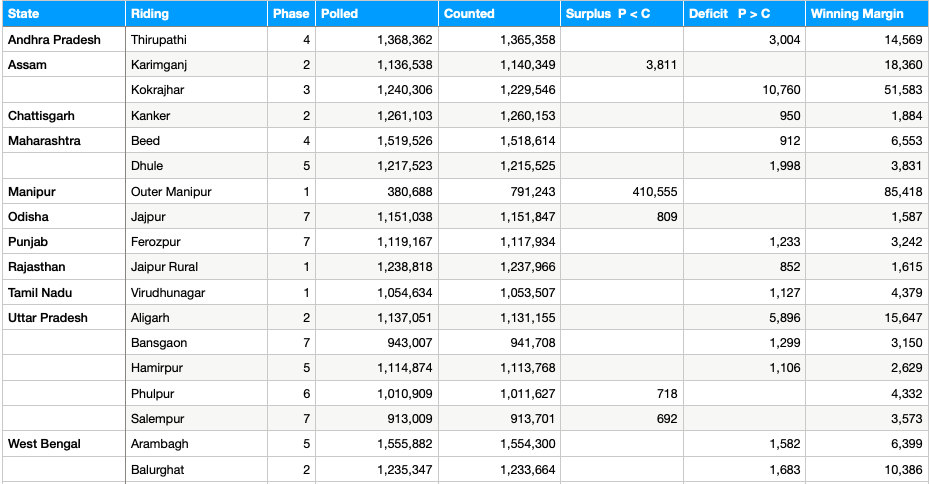
Overall, deficit votes surpassed surplus by a mile, leading to 586,136 votes coming to be believed as missing or not counted, in contrast to a surplus of 449,906 votes in total. Four states had their deficit votes cross the 50,000 mark – Andhra Pradesh topping the list with a deficit of 84,807 votes, Tamil Nadu with 73,235, Orissa with 67,282 and UP with 53,660 votes. Both deficit and surplus put together, the total mismatch numbers for the country could send chills down your spine, as it surpassed the million mark, a total of 1,036,042 votes!
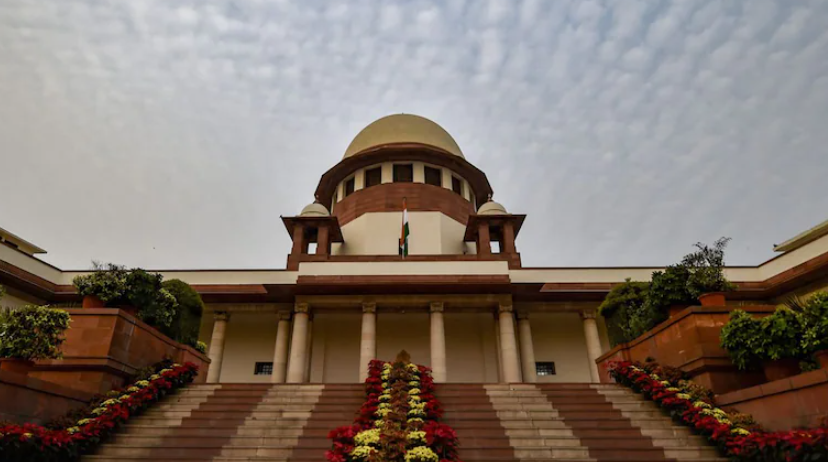
The above anomaly in votes should wake up the authorities from their smug disillusionment around the infallibility of the electronic voting machine. While none of the above findings would signal intentional manipulation of any sort, they do forcefully cast doubt on the technical adequacy of India’s voting machines. Before further aspersions are cast on the integrity of the electoral process in the world’s largest democracy, the Election Commission and the Supreme Court of India must take notice and act.




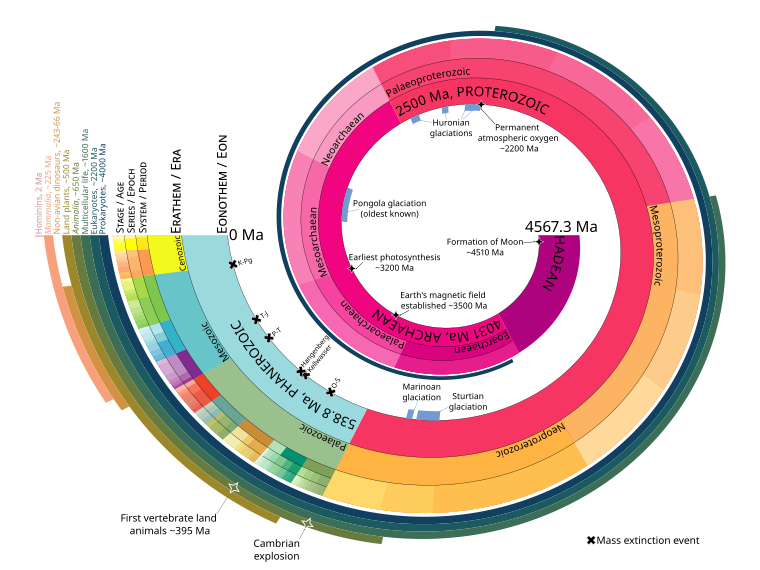



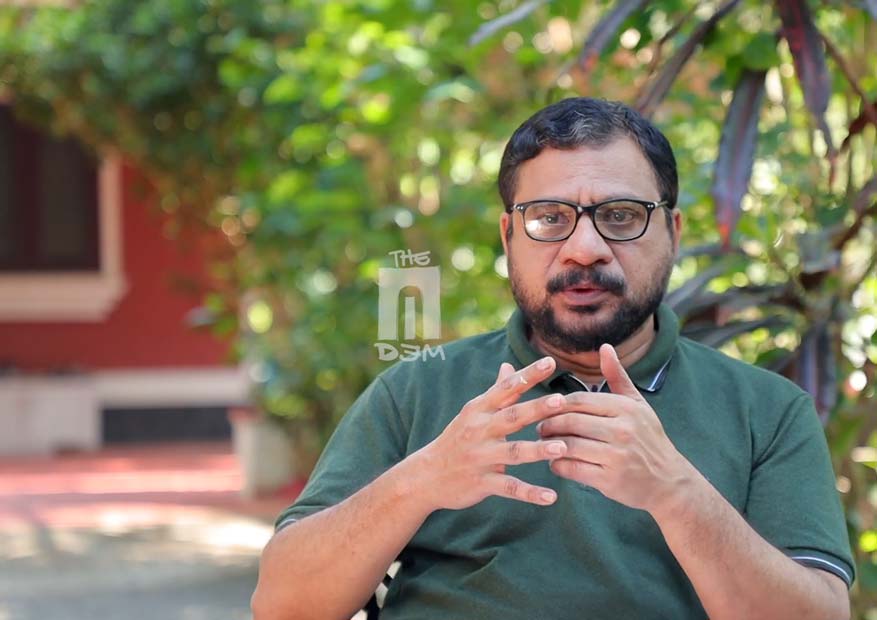
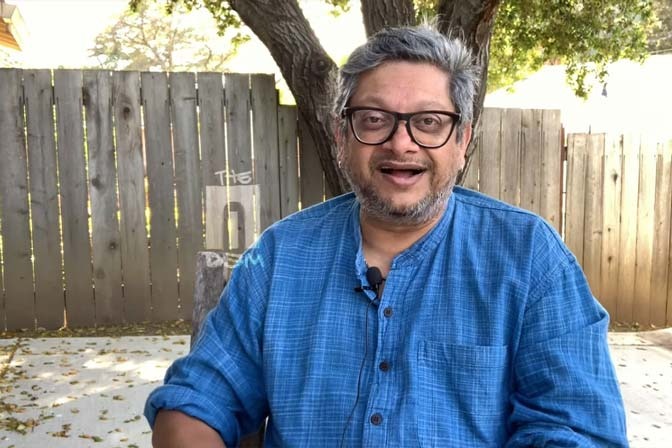
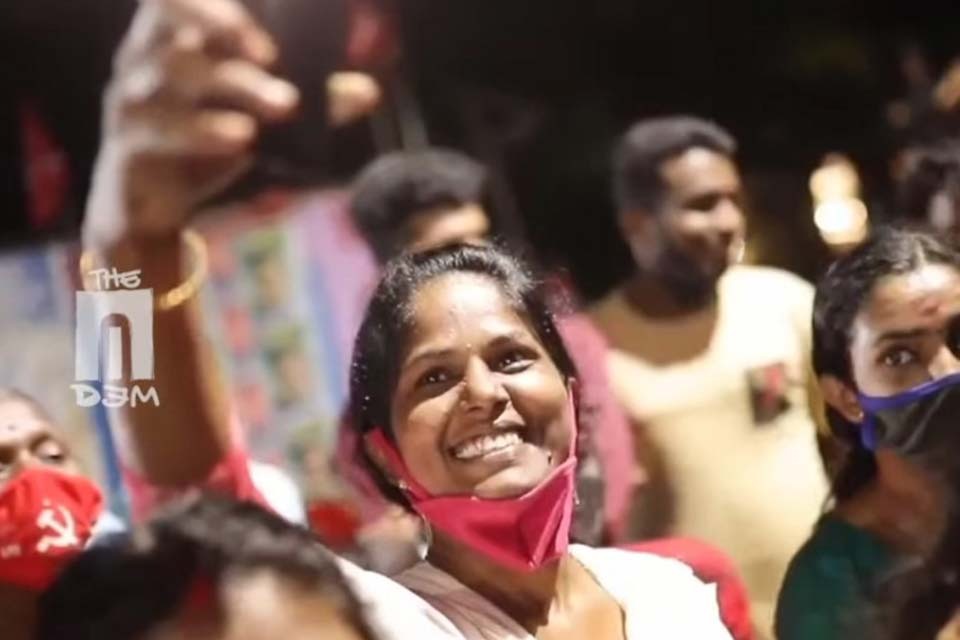

Why is the ECI silent on these numbers ? This is an important revelation that Mr Nair has brought forth . Time for the barons at Nirvachan Sadan to sit up , take notice and come clean on their inefficient and questionable functioning